The holidays are a great time for family, food, and fun, but they're also when most home cooking fires and food safety mistakes happen. This guide shares essential holiday kitchen safety tips to help you prevent fires, avoid foodborne illnesses, and keep your home and loved ones safe throughout the season.
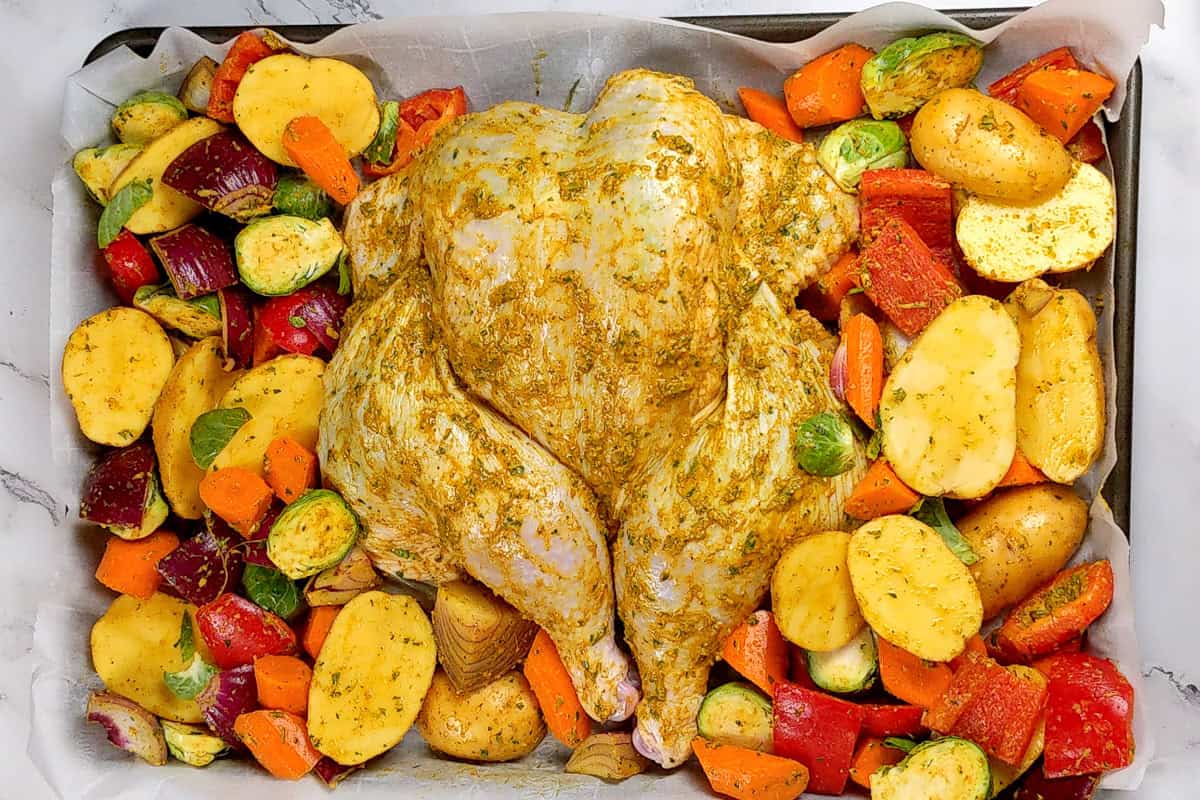
Table of Contents
Jump to:
Quick Safety Refresher
The holiday season is filled with laughter, love, and plenty of delicious food, but it's also the time of year when most kitchen accidents happen. Between testing family recipes, juggling dishes, and entertaining guests, it's easy to get distracted and skip important safety steps that keep everyone healthy and your kitchen running smoothly.
According to the National Fire Protection Association (NFPA), Thanksgiving Day, Christmas Eve, and Christmas Day are the peak days for home cooking fires in the United States. At the same time, the U.S. Centers for Disease Control and Prevention (CDC) reports that foodborne illnesses also increase during the holidays due to poor temperature control, cross-contamination, and improper storage.

Looking for statistics and printables? Check out Holiday Fire Safety Tips by the NFPA and Holiday Leftovers Food Safety by the CDC.
Note From Chef Maika
I wrote this post on holiday kitchen safety tips because, as a chef, I've seen how easily safety can slip when the kitchen gets busy. Kitchen and Food safety is a huge part of a home cook's responsibility, especially when planning to serve others.
Some things we know are true, others are myths we were taught, and a few are things we never realized could cause harm. I wanted to make sure every reader had the vital information needed to keep family and friends safe this holiday season, both from foodborne illness and home cooking fires.
Part 1: Food Safety Tips During the Holidays
Holidays are when most food safety slip-ups occur due to distractions and increased volume. Learn more with my Understanding Food Temperature Safety Zones: Cook, Store & Serve Safely post.
Keep these quick tips in mind:
- Plan Ahead: Plan your prep schedule, and do raw meat the day before if possible.
- Get Help: Assign family "kitchen helpers" to handle monitoring and labeling.
- Avoid Spoilage: Serve perishable dishes in small batches, refilling as needed.
- Know Storage Rules: Chill leftovers within 2 hours of serving and use within 3-4 days.

Awareness, Consistency and Care: You don't have to run a restaurant to use HACCP principles; you just need awareness, consistency, and care. Think of it as your kitchen's invisible safety net, keeping every meal delicious and safe for the people you love most.
Chef Maika's Tips and Holiday Considerations
When I worked in hotel and restaurant kitchens, the holidays were always the most chaotic trays of food lined up, timers buzzing, cooks weaving around each other, and chefs shouting orders to meet the dinner rush. It was controlled chaos, but behind that chaos was structure.

Holiday Kitchen Safety Tips Inspiration. We followed HACCP principles not because we had to, but because they kept everyone safe.
At home, that same structure can save you from turning your holiday feast into a food safety nightmare. It's not about fear, it's about being proactive and staying organized when the kitchen gets busy.
Here's how you can apply a chef's mindset at home during holidays and special occasions:
- Plan backward from serving time. Start your prep schedule based on when you want dinner on the table. Account for thawing, marinating, cooking, and cooling. This prevents rushing, one of the biggest causes of mistakes in any kitchen. Get an idea of how this works with my Caribbean Thanksgiving Meal Prep Plan Ideas.
- Create "zones" in your kitchen. Designate one area for raw meats and another for ready-to-eat foods. Even a simple cutting board swap can prevent cross-contamination, one of the most common food safety hazards during big events.
- Keep a thermometer on standby. Don't guess if the turkey is done, verify. Use an instant-read thermometer to check critical control points, like the thickest part of the meat, before serving.
- Serve smarter, not longer. If you're hosting a buffet-style meal, serve smaller portions at a time and keep backups in the oven or fridge. This keeps food out of the temperature danger zone (between 40°F and 140°F) where bacteria thrive.
- Cool leftovers in shallow containers. Thick containers take longer to cool, giving bacteria time to multiply. Divide large dishes like mac and cheese or stew into smaller containers and refrigerate within two hours.
- Label everything. Use masking tape or a marker to note the date on containers. It helps track storage times and reduces waste in a simple, practical way to apply FIFO at home.
- Assign roles. Give family members "kitchen jobs." One person monitors oven timers, another checks internal temps, and someone else tracks what's been set out or stored. A team effort keeps things running smoothly. Learn more about Kitchen Safety Tips for Families: A Guide for Cooking Together with Confidence.
- Don't ignore the little things.
- Wipe spills immediately to avoid slips and bacterial spread.
- Keep hand towels separate from cleaning rags.
- Replace sponges often, even antimicrobial ones, which should be swapped weekly.
And if you ever see a restaurant in the news for failing inspection, it's usually because they violated a rule based on HACCP principles, things like temperature control, food storage, or sanitation. Those same standards apply to your home kitchen, too. Following them isn't just professional, it's personal.
When you think ahead, monitor key steps, and make safety part of your cooking rhythm, you're not just cooking, you're protecting your loved ones from foodborne illnesses while creating memorable meals.
Part 2: Five Quick Kitchen Fire Safety Tips
While food safety prevents illness, fire safety prevents emergencies. The kitchen may be the heart of the home, but during the holiday season (e.g., Thanksgiving), it's also the leading place where home fires start. The National Fire Protection Association reports that unattended cooking is the leading cause of home fires and home fire injuries, and the holidays see a spike because there's simply a lot of activity.
1. Prepare Your Cooking Area
- Flammables: Keep flammable objects, such as paper towels, wooden utensils, and food packaging, at a safe distance from your stovetop, oven, and other cooking appliances.
- Alarms: Test smoke alarms and smoke detectors using the test button before the holidays begin. It's a good time to make sure batteries work.
- Extinguisher: Have a fire extinguisher nearby and make sure everyone in the house knows how to use it.
- Pathways: Keep an exit door clear of decorations or clutter in case of emergency.
2. Stay Focused While Cooking
- Attention: Never leave the cooking process unattended; even quick phone calls or text messages can distract you long enough for a kitchen fire to start.
- Clothes: Avoid wearing loose clothing near open flames or hot oil.
- Pot Handles: Turn pot handles toward the back of the stove to prevent spills and burns.
- Cloths: Keep oven mitts and towels away from burners and the heat source.
3. Handle Heat Safely
- Oven Mitts: Use oven mitts when handling hot food or hot liquids.
- Spillage: Keep hot oil on a stable flat surface and monitor it closely.
- Smother: If a small fire starts, smother it with a lid or baking soda. Never use water on a grease fire or oven fire.
- Fire Sources: If the fire starts inside the oven, turn it off and keep the oven door closed to cut off oxygen.
4. Minimize Potential Fires
- Electrical Placement Awareness: Keep small appliances away from holiday decorations and dry Christmas trees.
- Overloaded Outlets: Don't overload outlets or leave devices plugged in overnight.
- Children's Safe Zones: Make sure small children stay at least three feet away from the cooking area. Learn more: Kitchen Safety Tips for Families: A Guide for Cooking Together with Confidence.
- Clean Up Frequently: Clean surfaces and stovetops; often, leftover grease and crumbs can easily catch fire.
5. Know When to Call for Help
Fire Safety Plans: If a fire starts and you can't control it within seconds, get out, close doors behind you, and call 911. If someone suffers burns or cooking-related injuries, seek professional medical advice or medical treatment immediately.

Never risk your safety: Your home and family come first. Additionally, I have compiled a collection of reviews for my must-have kitchen equipment, which I have personally purchased or recommend. So, check out: Smart Storage and Kitchen Safety Tools I Can't Live Without.
Recommended Reads
- Kitchen Safety Tips for Families: A Guide for Cooking Together
- Caribbean Thanksgiving Meal Prep Plan Ideas
- Smart Storage and Kitchen Safety Tools I Can't Live Without
- How to Prevent Cross-Contamination in Your Kitchen
- Understanding Food Temperature Safety Zones
Frequently Asked Questions
Here, you will find a list of common questions that I have answered relevant to holiday kitchen safety tips. If you have questions, please write them in the comment section below.
The biggest holiday food safety mistakes include undercooking meat, leaving food out at room temperature for too long, and failing to cool leftovers properly. Always use a thermometer, serve smaller batches, and refrigerate perishable dishes within two hours of serving.
Cook poultry to 165°F, ground meats to 160°F, and beef, pork, or seafood to 145°F with a 3-minute rest. Using an instant-read thermometer at the thickest part of the meat is the best way to verify it's cooked safely.
Cool large dishes quickly by dividing them into shallow containers. Refrigerate within two hours, label with the date, and eat within 3-4 days. When reheating, bring all food to 165°F to destroy any bacteria that may have formed.
The leading cause of home fires is unattended cooking, walking away from food on the stove or in the oven. Stay nearby when frying, roasting, or baking, and keep flammable items like paper towels, wooden utensils, and oven mitts a safe distance from heat sources.
Never use water on a grease fire. Turn off the burner and carefully cover the pan with a metal lid to smother the flames. If the fire spreads or can't be contained, use a fire extinguisher, evacuate everyone, close the door, and call 911 immediately.
Fall & Holiday Recipes
Looking for inspiration for your holiday? Find meal ideas great for hosting a feast and your loved ones' holiday season stay:
- Fresh Berry Apple Pecan Chicken Salad with Goat Cheese
- Braised Chicken | Mexican-Style with Roasted Tomato Sauce
- Comforting Turkey Chili Baked Potatoes | Sour Cream & Chives
- Best of Fall Recipes | Cozy Soups, Stews & Comfort Food for Autumn
Cooking Tips and Tutorials
If you found this tutorial on holiday kitchen safety tips helpful, you'll love my Cook's Notebook collection. From knife skills and flavor bases to time-saving tricks and essential equipment guides, this section is packed with chef-tested lessons to help you cook with confidence.
- What is Salmonella? For Home Cooks | Causes and Tips
- How to Cut Up a Whole Chicken | Step-by-Step Guide
- How to Marinate Chicken: Tips, Quick Methods & Flavorful Shortcuts
- Best Pans for Searing Chicken (and How Each One Behaves)


Chef Maika Frederic
Chef and Educator
Haitian-American chef and educator Maika Frederic blends bold flavors with approachable recipes. With a background in both professional kitchens, classrooms, and children therapy as a trained chef, former teacher and technician she brings a thoughtful, inclusive touch to every dish. Through her platform, Just Maika Cooking, she shares diverse meals and practical tips to empower home cooks of all ages and levels.
Subscribe to the YouTube Channel
SUBSCRIBE: 👈To my YouTube Channel to Get Notifications of New Videos.
Have a Comment or Question?


Chef Maika Frederic
Chef and Educator
Haitian-American chef and educator Maika Frederic blends bold flavors with approachable recipes. With a background in both professional kitchens, classrooms, and children therapy as a trained chef, former teacher and technician she brings a thoughtful, inclusive touch to every dish. Through her platform, Just Maika Cooking, she shares diverse meals and practical tips to empower home cooks of all ages and levels.
Disclaimer: The information provided here is for general information purposes only and does not replace professional medical advice. Always consult a qualified expert for specific concerns related to fire safety or foodborne illness. For more safety information, visit the National Fire Protection Association and American Red Cross websites. Standard messaging and data rates may apply if receiving safety alerts via text. Please review our privacy policy for details on content updates and newsletter information.
If you have a question or comment about this post, please post it below. You will receive a prompt response. It also helps our other readers to stay informed. Thanks!


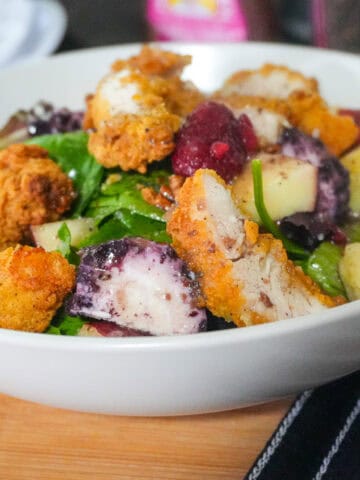

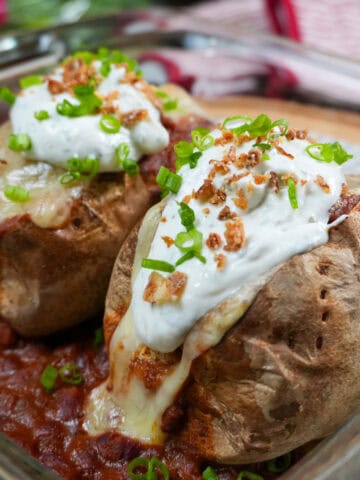
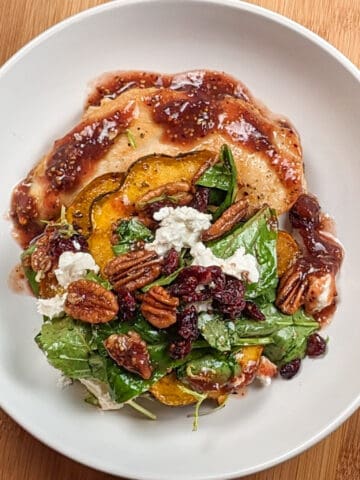
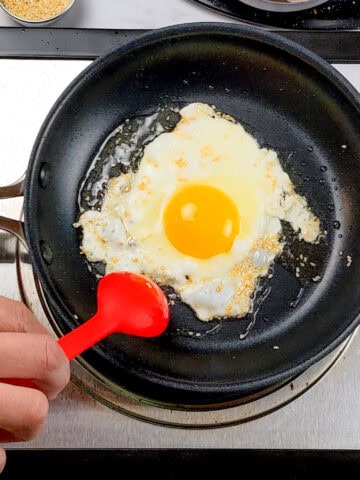
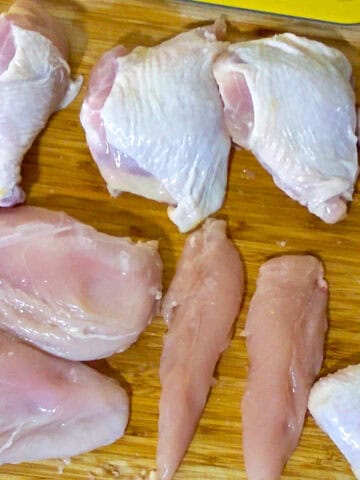
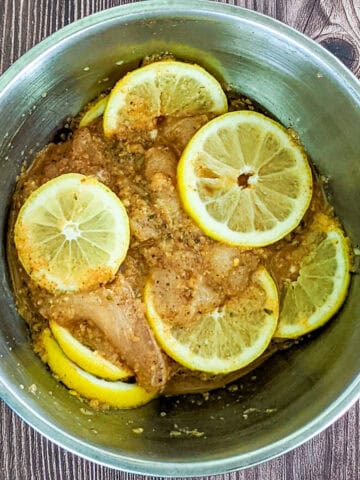
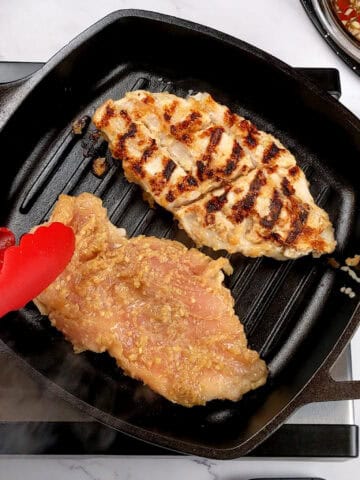
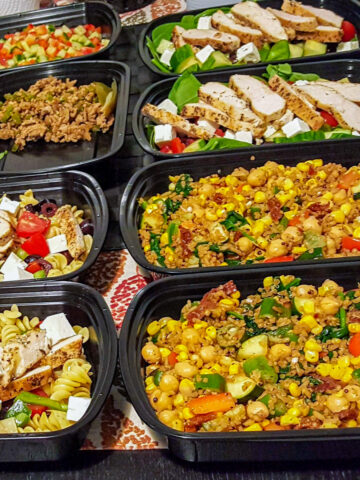
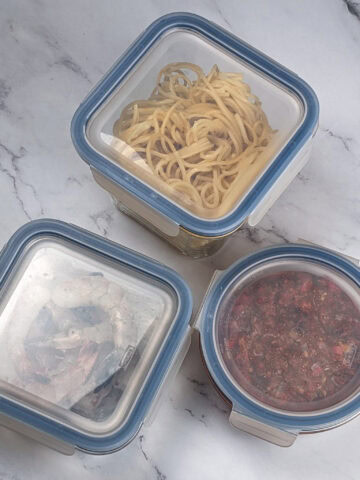

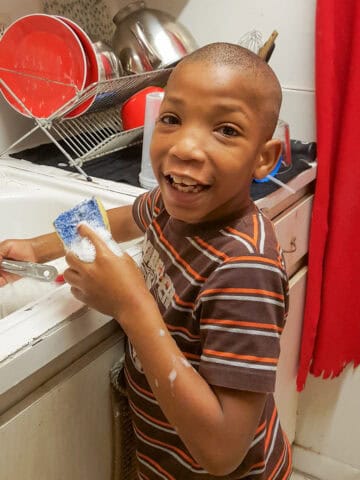
Leave a Reply